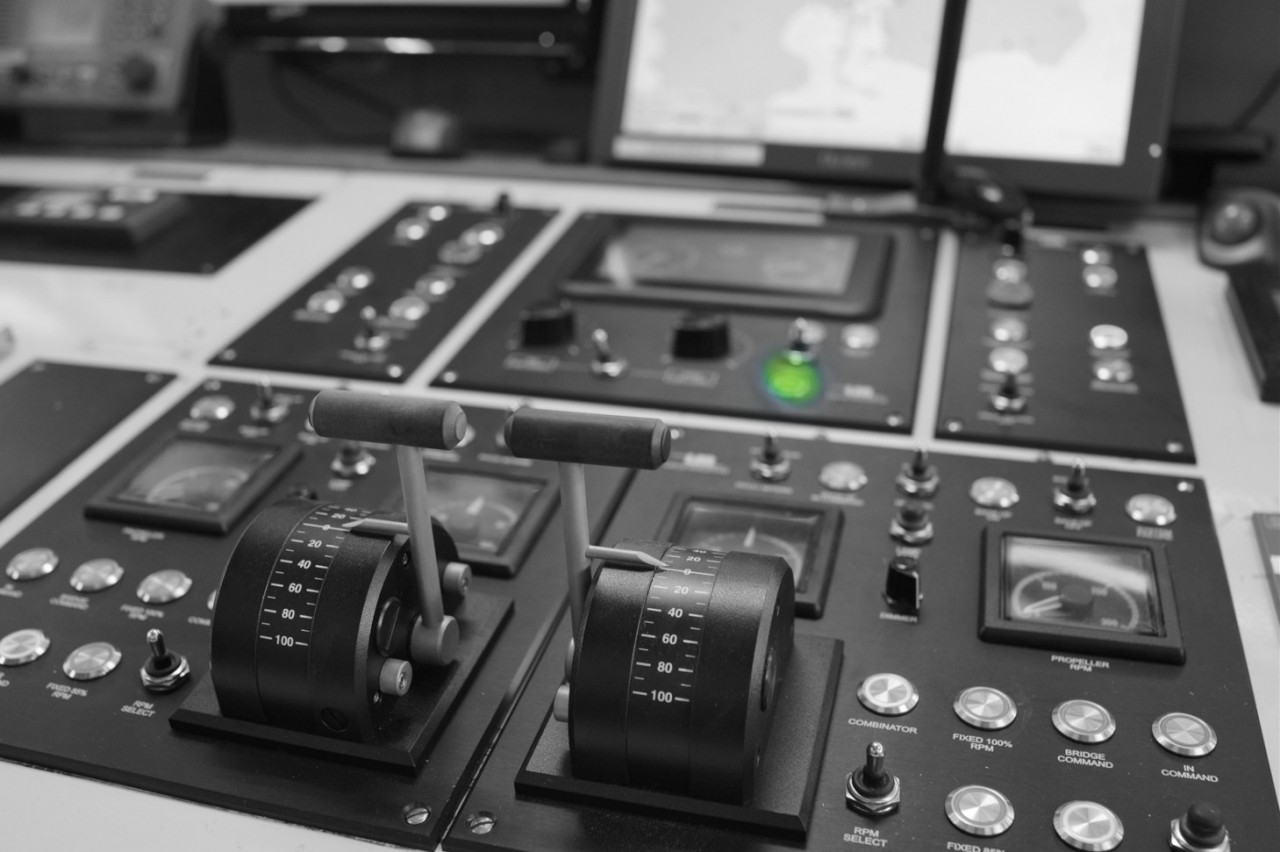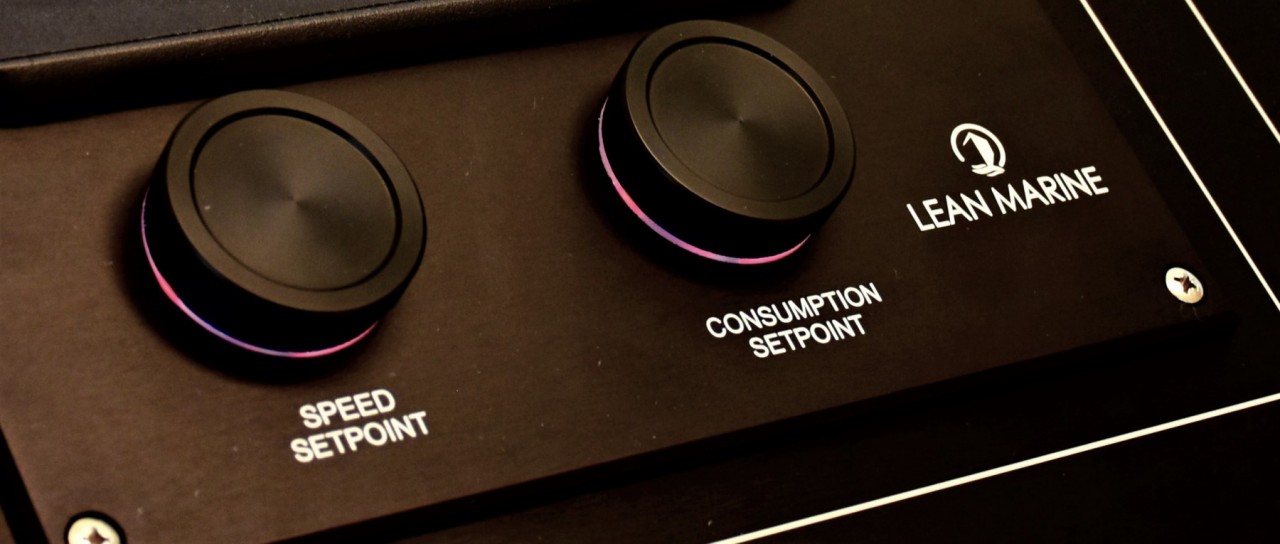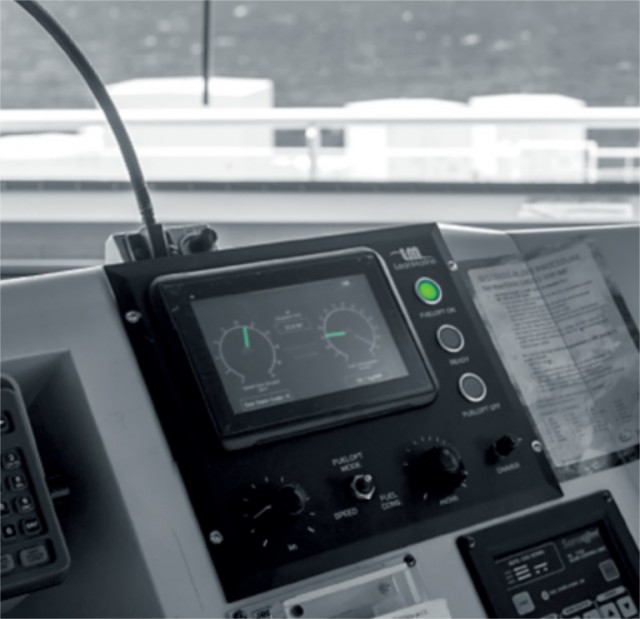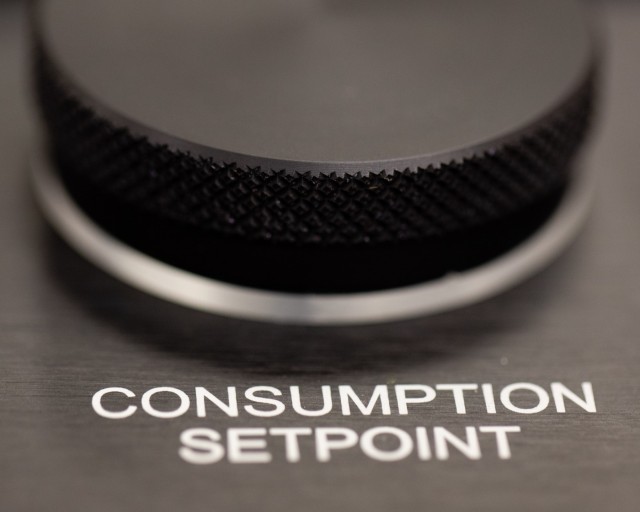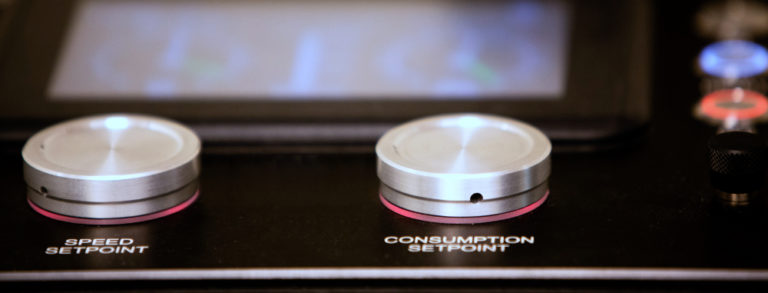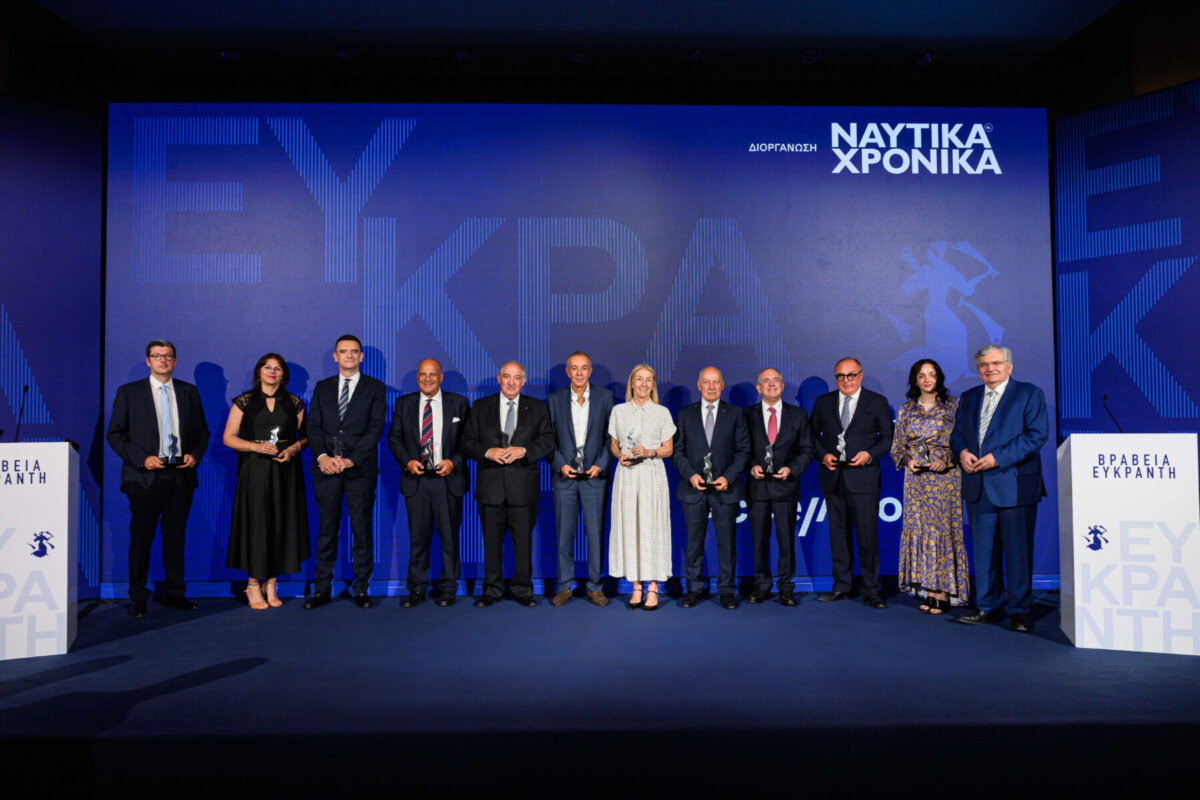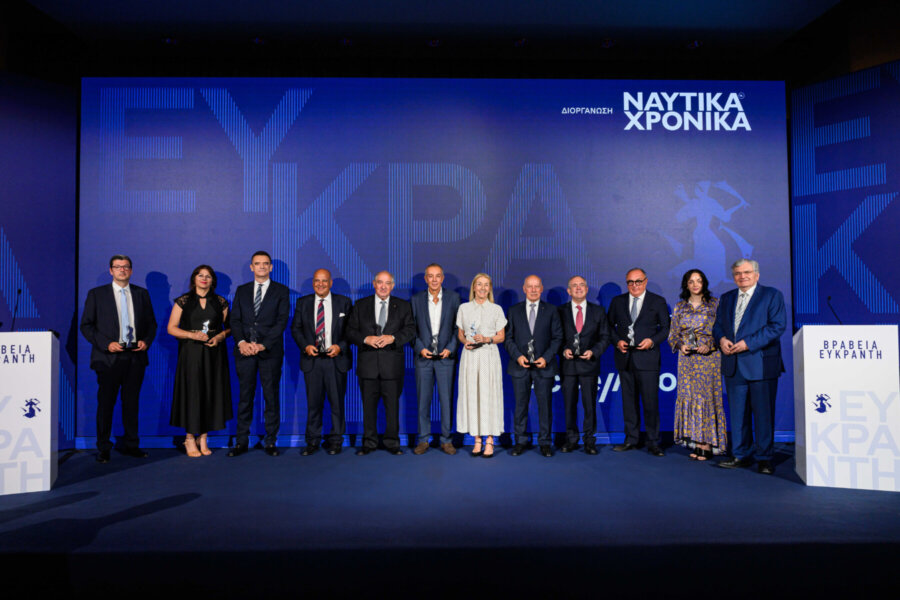
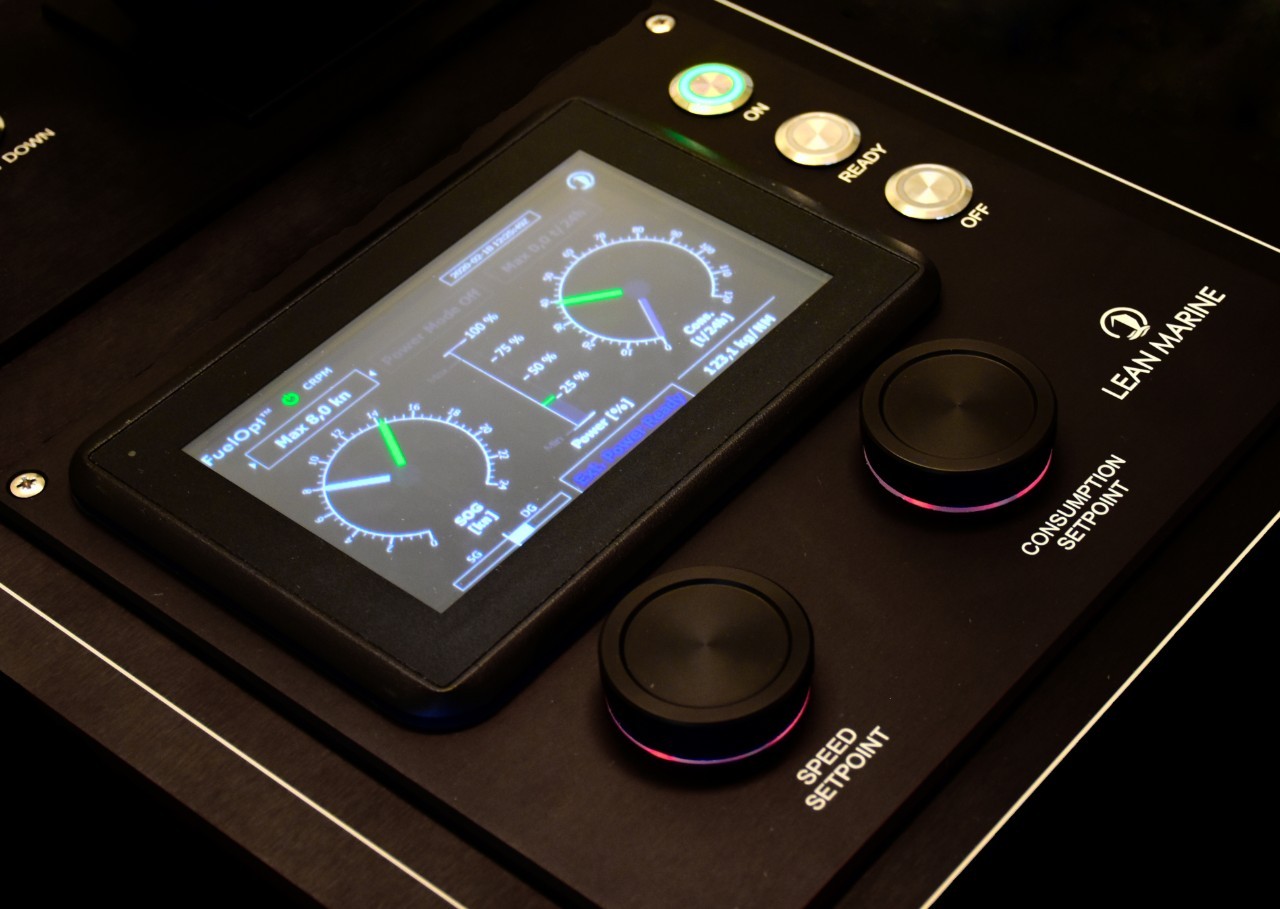
Lean Marine’s FuelOpt™, the chosen technology of 200 vessels
Swedish propulsion optimization expert, Lean Marine announced that their FuelOpt™ reached the 200-vessel milestone in late March 2021. Since commercialization, automated propulsion optimization technology FuelOpt™ has proven its efficiency, gaining a wide-ranging reputation for real-time fuel savings, optimized control of speed and consumption, and emission reductions from crew and onshore personnel.
Mikael Laurin, CEO at Lean Marine, says: “We are celebrating the 200th vessel contract for our FuelOpt™ system. This a clear confirmation of FuelOpt™’s efficiency in saving fuel and reducing emissions. We are proud to have the trust of so many companies and crews when it comes to helping them achieve their green shipping goals while boosting their bottom line. We look forward to supporting even more vessels in the near future.”
Since introducing FuelOpt™ to the market in 2013, Lean Marine has revolutionized vessel propulsion control, and become synonymous with direct and real-time fuel savings in the marine industry.
A technology focusing precisely on enhanced vessel efficiency
FuelOpt™ focuses on the parameters that matter the most for enhanced vessel efficiency: speed, fuel consumption, engine power or a combination thereof. It provides the crew full control of these parameters via an intuitive panel on the bridge.
Once activated, the system dynamically controls vessel propulsion based on the commands set, adapting the propulsive power to the changing environmental conditions. In this way, steady and predictable shaft power can be achieved, removing costly variations in speed and power caused by human operational factors and achieving real-time fuel savings and emissions reductions.
On vessels with a controllable pitch propeller, FuelOpt™ acts as a dynamic tuning system for propulsion machinery. The system regulates the propeller’s pitch and RPM separately to operate the engine and propeller at optimal conditions. In this way, the system produces the maximum amount of propeller thrust with the minimum amount of power, optimizing energy use.
Preparing for the future: innovations and regulations
In late 2020, Lean Marine announced their participation in the Via Kaizen project, where FuelOpt™ has a key role. The project aims to accelerate the technological development, realization, and adoption of AI-powered ship operation support technology by ship crew and management. In this project, the FuelOpt™ system will create a direct interface between the crew, machinery, and the AI-based solution, empowering them to work together and execute the voyage.
FuelOpt™ is essential as, on these AI-powered voyages, it automatically and directly optimizes the propulsion line based on commands set by the captain and/or sent by an AI-powered voyage optimization solution.
Jonas Persson, Sales Director at Lean Marine says: “With 200 vessels of various types and sizes empowered by FuelOpt™, we have proven the benefits of the FuelOpt™ system on enhanced ship operations across the industry. FuelOpt™ does not only support shipowners and operators in short-term decarbonization goals but also assists them in future-proofing their fleet regardless of their transition strategy. FuelOpt™ is a solid base to support any strategy; for instance, energy transition towards alternative fuels, wind-assisted propulsion systems, AI-powered ship operations, and others”.
As recently announced, the FuelOpt™ system is also compliant with the shaft power limitation requirements as suggested in the current Energy Efficiency Existing Ship Index (EEXI) framework. By enabling ship operators to set an upper limit to shaft power output without any modification to existing machinery, it aligns operations with EEXI requirements. Additionally, the system can be overridden in an emergency, thereby enabling access to the engine’s full power.
Advanced propulsion automation for all your needs: EEXI, CII and more
By Sarah Zitouni, Regional Sales Manager at Lean Marine
With increased focus and public scrutiny around the climate emergency, companies and regulatory bodies are feeling additional pressure to act. The maritime industry is working hard to rapidly bring down emissions, both in the short-term and to reach the long-term goal of emission-free operations. As a consequence, meeting this challenge requires the industry to reconsider its priorities.
The International Maritime Organization (IMO) has made reducing greenhouse gas emissions (GHG) the main priority for the shipping industry and is developing strategic, regulatory and policy frameworks as a means to meet this commitment.
In response to the IMO’s commitment, shipowners, operators, and charterers have taken significant action. For example, a few major container lines, including APM-Maersk and CMA CGM, have set even more ambitious targets than those set by the IMO. Additionally, 18 trading companies have signed onto the Sea Cargo Charter, declaring their intention to focus on climate-aligned chartering decisions.
While these are genuinely promising steps, further action is needed. Existing vessels will continue to constitute a large part of the global fleet until 2050. Lowering the emissions from these vessels remains a crucial and immediate issue.
I would like to offer my expertise on this topic as an engine specialist, and address how the industry can effectively balance complying with IMO emissions regulations while continuing to improve ship efficiency.
Industry priorities in the age of emission reduction
In November 2020, the IMO introduced the Energy Efficiency Design Index for existing ships (EEXI). An annual operational Carbon Intensity Indicator (CII) linked to a rating system has also been introduced for ships of 5,000 gross tonnage and above. Both will likely enter into force in 2023. With these measures, the IMO Marine Environment Protection Committee (MEPC) intends to tackle the problem with a dual approach that accounts for how the ship is retrofitted and equipped, as well as how it operates.
Given that EEXI and annual operational CII will soon be in place, ship owners and operators have begun the process of evaluating their existing fleet and seeking effective solutions. While long-term strategies and projects will no doubt focus on disruptive technologies (such as alternative fuels and technologies that enable zero-carbon operations, including wind-assisted propulsion systems, alternative fuels, and AI-powered ship operations for more energy efficient voyages), easy-to-implement technologies with direct emission reduction have climbed up in short-term investment priorities.
EEXI follows the calculation of the Energy Efficient Design Index (EEDI) with some adaptations for existing vessels. For vessels under the required levels, it suggests measures including engine power limitation (EPL), shaft power limitations (ShaPoLi), propulsion optimization, energy-saving devices, etc.
FuelOpt™: A smart way to derate the engine power output
Per the EEXI framework, derating engine power output is the primary and most efficient measure by which to reduce GHG emissions. This is why existing fuel-saving technologies will play a key role as sure-fire strategies to reach EEXI requirements. Notably, the ones facilitating ShaPoLi are at the forefront of this process as they are less invasive when it comes to existing machinery.
This is where FuelOpt™ comes in. FuelOpt™ is a propulsion control system that enables ShaPoLi application by simply setting an upper limit to shaft power output without any modification to existing machinery. When the system is activated, this upper limit is applied as stipulated by EEXI requirements. The full power of the engine remains available onboard to be used in an emergency event.
FuelOpt™ focuses precisely on parameters that matter the most for enhanced vessel efficiency: speed, fuel consumption, engine power or a combination thereof. The system provides a direct interface between the machinery and the vessel crew on the bridge, enabling full control of these parameters. In this way the vessel avoids potential overconsumption of fuel in harsh conditions.
Once the system is activated, FuelOpt™ dynamically controls the propulsion line in real time and makes sure that propulsive power is constantly optimized based on the commands set, to achieve steady and predictable shaft power.
On vessels with a controllable pitch propeller, FuelOpt™ acts as a dynamic tuning system for the propulsion machinery. The system regulates the propeller’s pitch and RPM separately to operate the engine and propeller at optimal conditions. In this way, the system produces the maximum amount of propeller thrust with the minimum amount of power, reducing any energy wastage.
To dynamically control vessel propulsion, the FuelOpt™ system gathers vast volumes of vessel data in real time from signals onboard (such as the GPS, speed pilot, fuel consumption, alarm system, etc.), particularly from the propulsion line and engine, including the shaft torque meter(s) and the RPM sensor.
Additionally, FuelOpt™ generated data and data gathered from multiple sources, is integrated into Fleet Analytics™ – a smart cloud-based performance management and reporting system. The combination of this data with existing logbook and weather data offers all the information needed to compile a power usage report on excessive power use as mandated by the EEXI framework.
Achieving greater efficiency
Operational efficiency does not have to be impacted by the power limitation measures required to comply with EEXI, nor does business need to be negatively impacted. Instead, Lean Marine provides you with heightened efficiency through a unique combination of data analysis over time and real-time fuel optimization to get the best operational range out of an existing fleet.
The combination of FuelOpt™ with Fleet Analytics™ allows ship owners and operators to implement a continuous improvement loop. They can learn from past voyages and improve the ones that follow by using Fleet Analytics™’s aggregated fleet views, status insights and performance analysis features for onboard and ashore personnel. Lean Marine’s systems are optimized to help ship operators and companies successfully achieve green shipping targets.
Lean Marine focuses on getting the most out of every gram of fuel. Since 2013, Lean Marine has been focused on reducing all inefficiencies in a propulsion system. As of March 2021, FuelOpt™ has proven its efficiency, gaining a wide-ranging reputation for real-time fuel savings and emission reductions from crew and onshore personnel.
Today, FuelOpt™ is the chosen method of operational efficiency for a large fleet of 200 vessels. This trust is clear evidence that the solutions Lean Marine offers not only address the industry’s need for compelling solutions to reduce GHG emissions compliant with IMO directives, but also genuinely benefit ship operators across the industry by future-proofing their fleet.
ΝΧ
Συντακτική ομάδα Ναυτικών Χρονικών

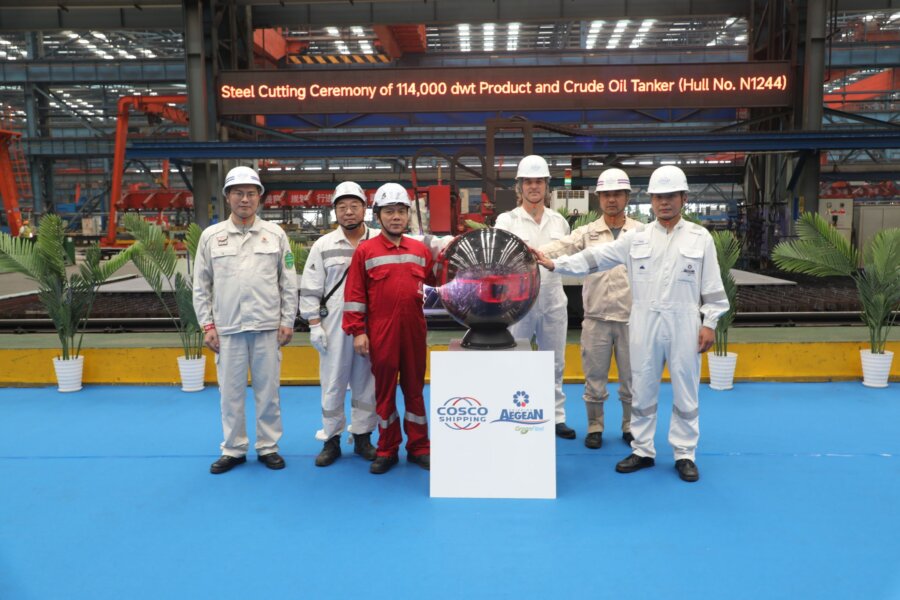
Aegean Shipping: Τελετή κοπής ελάσματος για ένα ακόμη LR2 tanker
Ένα ακόμα σημαντικό ορόσημο στο πρόγραμμα επέκτασης και ανανέωσης του στόλου της κατόρθωσε η Aegean Shipping. Συγκεκριμένα, βάσει σχετικής ανάρτησης στα μέσα κοινωνικής δικτύωσης,…
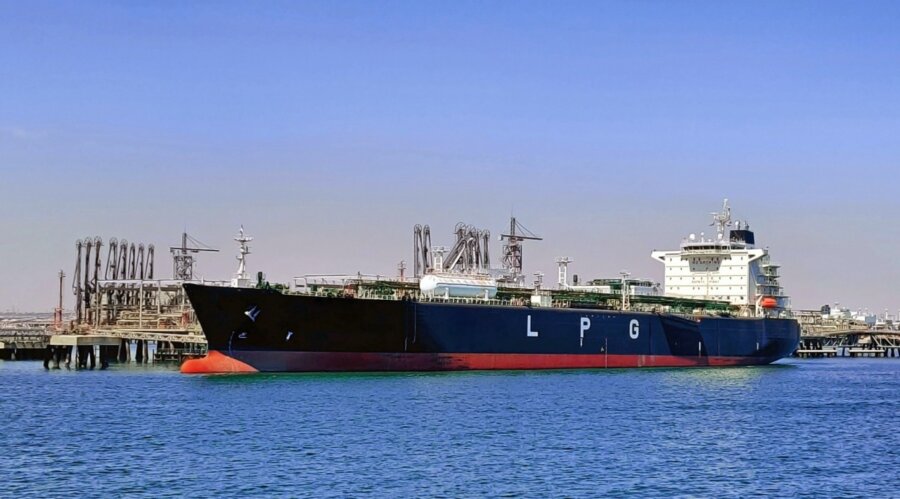
Ενδείξεις σταθεροποίησης στη ναυλαγορά των LPG carriers
Σημάδια σταθεροποίησης παρουσιάζει η ναυλαγορά των LPG carriers, καθώς η περασμένη εβδομάδα ολοκληρώθηκε δίχως μεταβολές στους ναύλους. Ειδικότερα, σύμφωνα με πρόσφατη έκθεση της ναυλομεσιτικής…
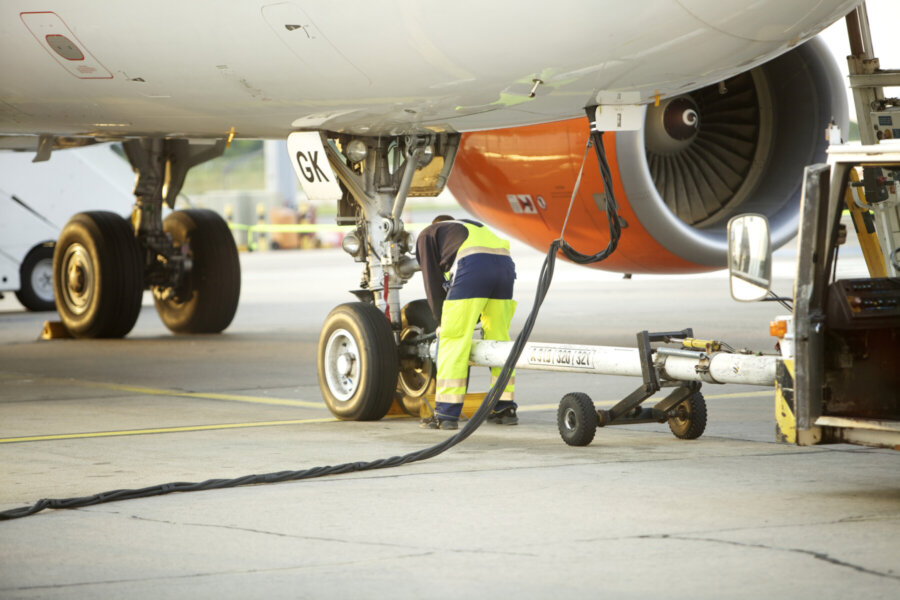
Ανατροπή στις τάσεις της ζήτησης για jet fuel
Εν μέσω ριζικών αλλαγών και μεταβολών στον κλάδο των αερομεταφορών, οι τάσεις ανόδου της παγκόσμιας ζήτησης για αεροπορικά καύσιμα αναμένεται να ανατραπούν προσεχώς. Συγκεκριμένα,…
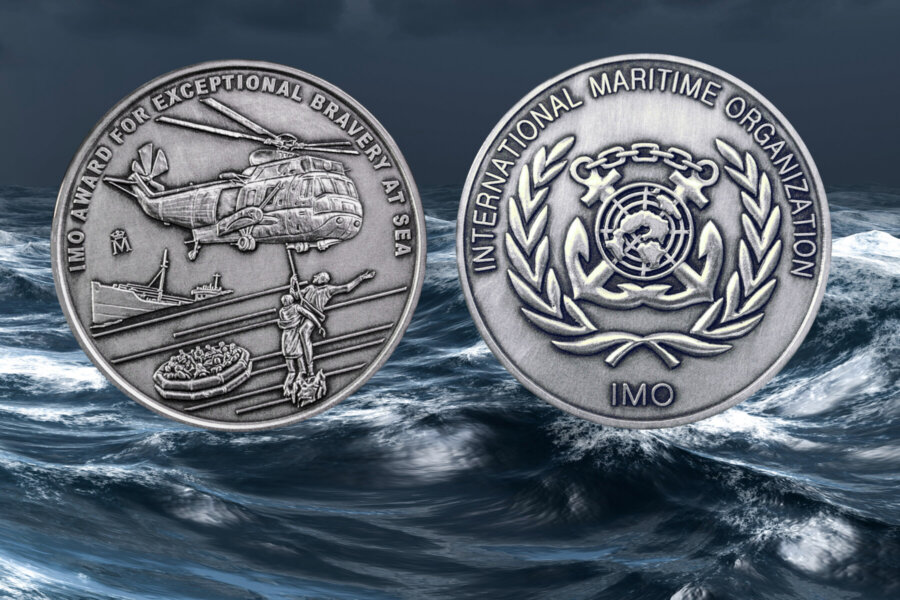
«Βραβείο ανδρείας στη θάλασσα»: Ο Νοτιοκορεάτης ναυτικός που διέσωσε 12 συναδέλφους του
O Νοτιοκορεάτης Lee Tae-Young επιλέχθηκε να λάβει το φετινό «Βραβείο ανδρείας στη θάλασσα», σε αναγνώριση των ηρωικών πράξεών του για τη διάσωση 12 συναδέλφων…

Εμπορικές εντάσεις με αντίρροπες επιδράσεις σε vehicle carriers και containerships
Καθώς η επιθετική εμπορική πολιτική του Αμερικανού Προέδρου, Ντόναλντ Τραμπ, κλιμακώνεται με την επιβολή υψηλότερων δασμών, πρόσφατη έκθεση της Veson Nautical εστιάζει στον αντίκτυπο…

Αμερικανικοί δασμοί: Οι αντιδράσεις των Ευρωπαίων ηγετών μετά την επιστολή Τραμπ
Η επιστολή που ανάρτησε ο Αμερικανός Πρόεδρος, Ντοναλντ Τραμπ, χθες 12 Ιουλίου 2025, στα μέσα κοινωνικής δικτύωσης, μέσω της οποίας ανακοίνωνε την επιβολή δασμού…

Ντ. Τραμπ: Επιβολή δασμών σε προϊόντα που εισάγονται από την Ευρωπαϊκή Ένωση
Στα προϊόντα που εισάγονται από την Ευρωπαϊκή Ένωση στις ΗΠΑ θα επιβάλλεται δασμός 30% από την 1η Αυγούστου, ανέφερε ο Αμερικανός πρόεδρος Ντόναλντ Τραμπ…
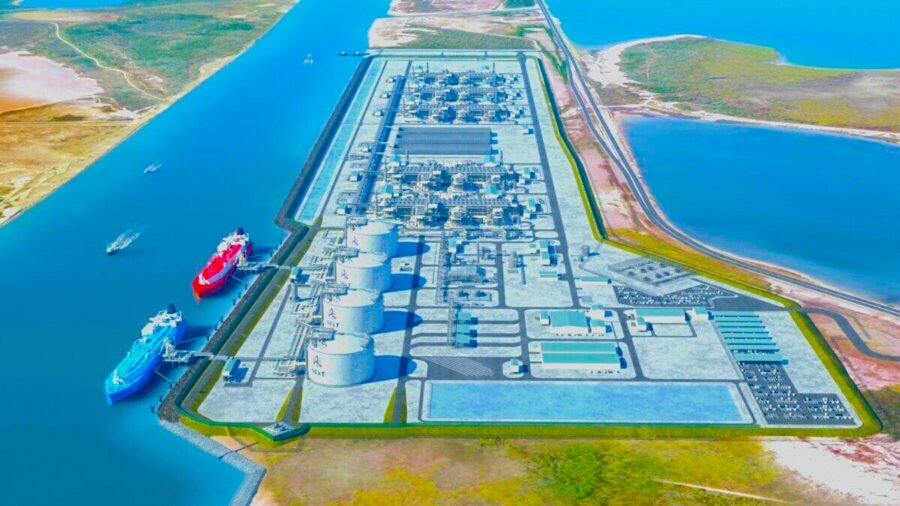
Πολυετής συμφωνία προμήθειας LNG για Petronas και Venture Global
Συνέχεια στο μπαράζ των διεθνών συμφωνιών με επίκεντρο τις προμήθειες υγροποιημένου φυσικού αερίου (LNG) έδωσαν πρόσφατα Petronas και Venture Global. Συγκεκριμένα, η Petronas, μέσω…

